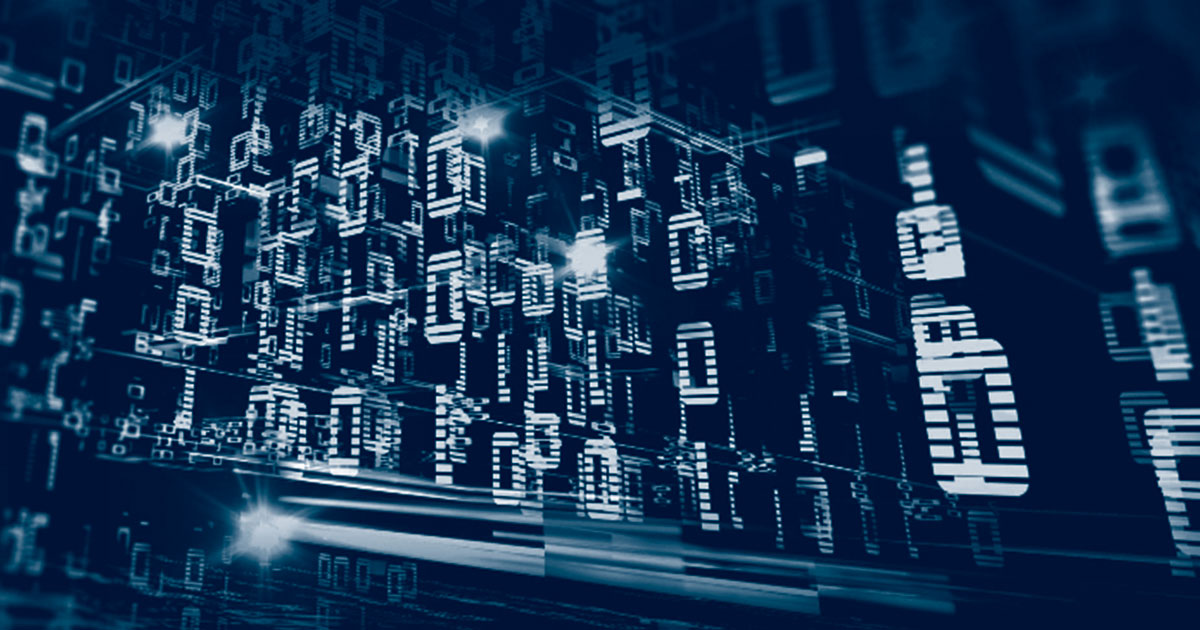Deadline: Year of 2021
The AI sprint series presents rapid identification challenges seeking novel and innovative technologies and approaches related the application of artificial intelligence and/or machine learning to transportation, medical diagnostics, and autonomous inspection in industrial processes. These sprints focus on identification of AI-enabled tools and approaches that can enhance performance, accuracy, and lower costs in these various sectors. The goal is the development of improved processes, methodology, products, and applications.
AI-ENabled Solutions To Improve Road Transportation
While autonomous vehicles get the most media attention in the transportation sector, AI is addressing problems like traffic congestion, accidents, delays, and passenger safety. In fact, many areas of the transportation sector, such as ride share platforms, already use AI.
This sprint will identify technologies specific to road transportation that deliver novel approaches and methods to improve critical areas including:
- Road traffic management;
- Optimization of public transportation wait times, routes, and arrival times;
- Parking facilitation;
- Reduction of fuel consumption;
- Improvement of air quality; and/or
- Improvement of driver and rider safety.
On behalf of our corporate clients, TechConnect seeks innovations in data acquisition, data enrichment and augmentation, and machine learning algorithms with application to road transportation. We welcome submissions and novel concepts from individuals and organizations at all technology readiness levels (TRLs), including the academia, research, commercial and government sectors.
AI Tools To Enhance Medical Diagnostics
The healthcare industry increasingly uses deep learning methods for myriad tasks including patient engagement and adherence, administrative activities, and diagnosis and treatment. Offering many advantages over traditional clinical decision-making techniques, users can tune and test machine learning algorithms to provide more accurate, targeted care and diagnostics. For example, radiologists use image recognition for improved detection of a small set of illnesses, and the potential for AI to go beyond this application is vast.
This sprint will identify technologies that offer innovation in the application of AI to medical diagnostics to provide more accurate diagnosis that could lead to improved treatments and outcomes. We welcome submissions and novel concepts from individuals and organizations at all technology readiness levels (TRLs), including the academia, research, commercial and government sectors.
We encourage solvers submitting an entry to highlight key innovation areas in their submission that speak to the following:
- Image analysis and interpretation for improved detection of disease (e.g. x-ray, MRI, CT scans etc.),
- Risk models and survival estimators for disease,
- Determination of patient prognosis,
- Treatment effect predictors,
- Extraction of information from medical reports,
- Obtaining representative training data, and/or
- Integration of AI software directly into imaging equipment
AI Methods To Optimize Asset Integrity Maintenance and Inspection
All industrial processes aim to reduce operating expenditures, avoid unplanned downtimes, improve efficiency, and enhance safety. New approaches to asset maintenance and inspection use AI as a key enabler to achieve these goals. Computer vision technologies have been a key area for AI contribution for analysis of visual inspection data thus far, but the role of AI is expected to grow into other areas, such as facilitating automated and autonomous inspection and intelligently managing multiple data streams.
This sprint will identify AI-based tools and methodologies that can be applied to asset integrity maintenance and inspection. We seek AI-enabled solutions, as opposed to hardware such as sensors, drones, or other inspection vehicles. We welcome submissions and novel concepts from individuals and organizations at all technology readiness levels (TRLs), including the academia, research, commercial and government sectors.
We encourage solvers submitting an entry to highlight key innovation areas in their submission, that address the following:
- Enhanced visual inspection for defect, damage, and failure identification;
- Tools to enable automated inspection analysis and reporting;
- Verification tools for object identification;
- Sensor fusion and management; and/or
- Optimize asset performance
Opportunity
TechConnect will include all complete and eligible entries in an exclusive innovation opportunity report that we will present to our consortium of innovation-seeking clients and partners. Our clients may also contact solvers with well-matched capabilities directly to discuss potential partnership opportunities. We will invite top-rated entries to register or participate in an upcoming TechConnect event or pitch program.


